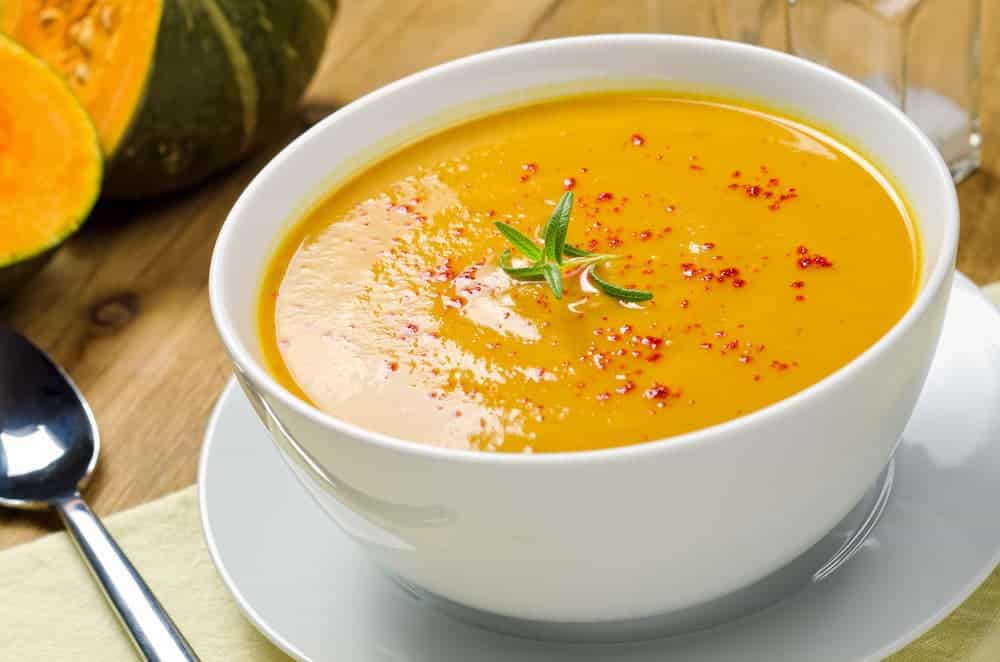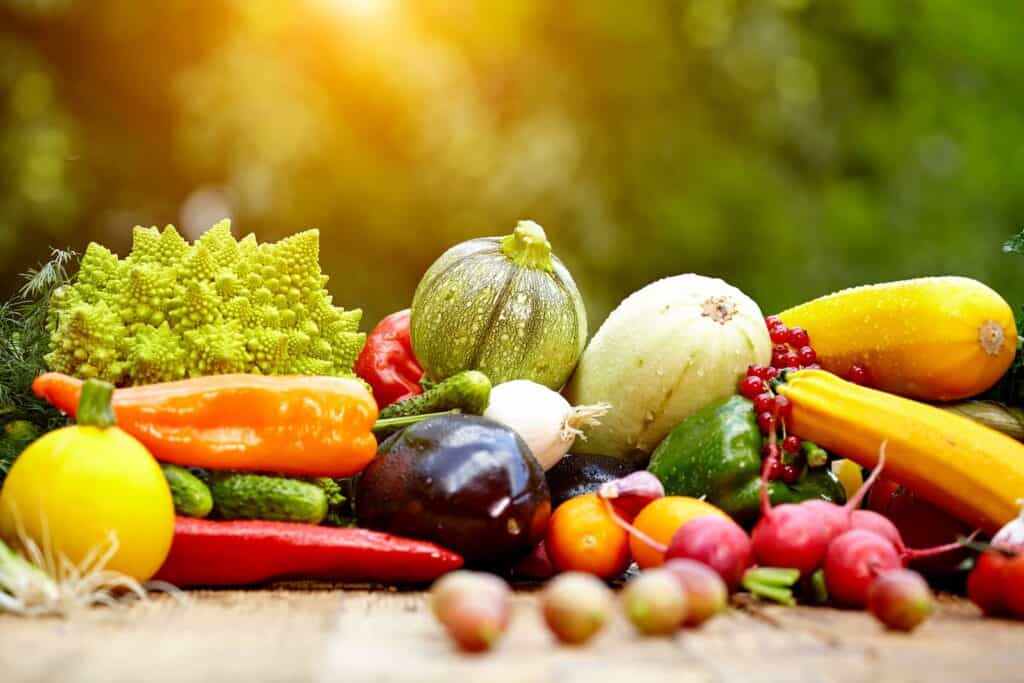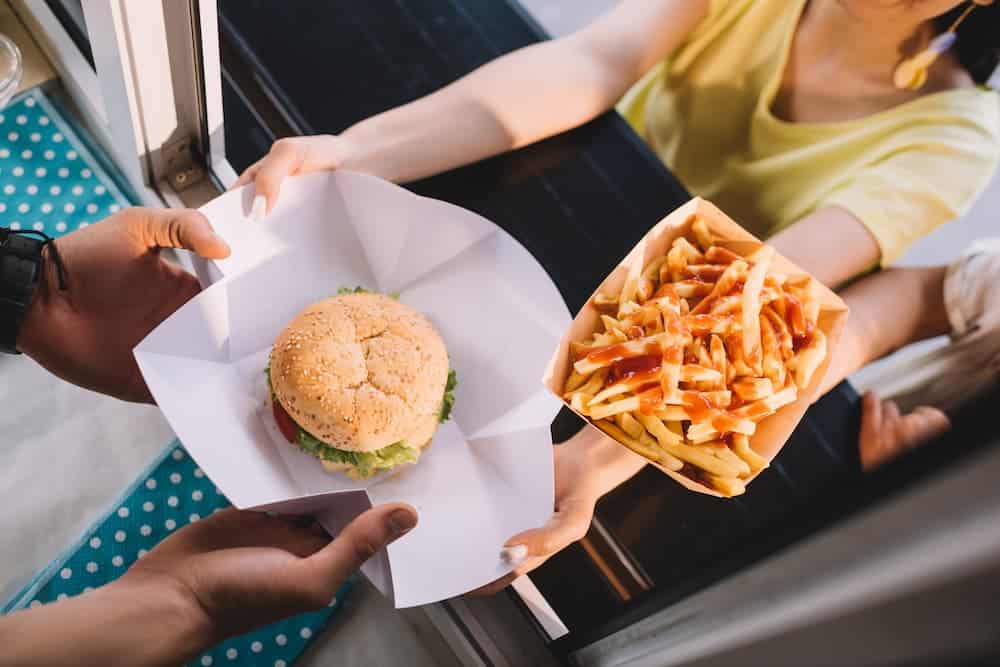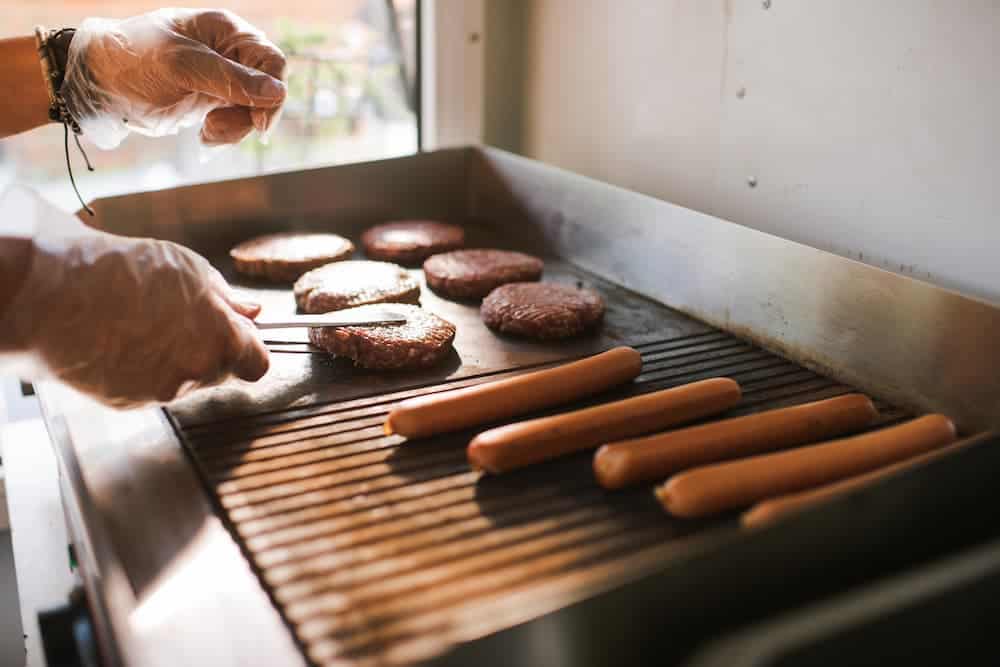
Food Photography Tips For Food Trucks
They say the first bite you take is with the eyes. The way food is presented is an important part of appealing to the customer’s taste buds. These days, between the multitude of websites and social media platforms, that first bite seems to get taken earlier and earlier.
Food photography has now become a key component to your food truck’s success. with the dishes represented in the best possible way, or you run the risk of turning people off the food. Here are some tips and tricks to help bring out the best in your photos.
Use Indirect, Natural Lighting- NO Flash
Truly, the best light source to use for food photography is natural lighting. Though you’ll have to move quickly, as natural light changes throughout the day, a small amount of planning will let you utilize this abundant resource to photograph your menu efficiently and beautifully.
Remember, you want to use indirect lighting; direct lighting causes glares and bright spots that alter the appearance of, and distract from, the dish. This is also why you should avoid flash, which takes the issues caused by direct lighting to the extreme.

The growth of the food truck industry is outgrowing the overall commercial restaurant industry, at 5.4% vs. 4.3%.
Add Some Water or Oil

Utilize Simple Photography Techniques
While you don’t need to be a professional to produce great food photos, knowing some basic photography principles can really up your game. For example, depth of field is the range of focus in a photo, and playing with it can help draw the eye to certain details and textures. It is also important to consider the rule of thirds, which states that the picture actually looks better if the subject is not in the center.
Imagine the picture is split into three horizontal sections and three vertical sections. You want the subject of the photo to be on the dividing lines or in a non-center square. Doing so provides a unique composition you don’t get with just placing the food in the middle of the picture.
Experiment With Angles and Distance
Every dish is at least a little bit different, so it should come as no surprise that they shouldn’t all be photographed the same. Remember to try out different angles (a pizza and a sandwich showcase different things when viewed from the top) and see what distances work for each picture. A small dish with visual textures benefits from a close-up shot, while a dish with multiple components would be better served by a wider or further shot.

Keep a Neat Background
Just as your plates and bowls should be clean and tidy (minus the food itself, of course), so should your background. It doesn’t have to be entirely plain, but the best backgrounds for food photography are typically neutral. That being said, you can use just about anything so long as it complements the subject of the picture without pulling away attention.
Showcase The Food Truck
Though you want a neat picture, don’t be afraid to liven up the photo a bit! You can even use it as an opportunity to show what else you have to offer. Want people to see your food truck’s aesthetic? Use it as part of the background or foreground of your photo. You can even showcase multiple dishes in a single photo, a great technique for advertising special items and menus.

Have Fun With Your Food
As stated above, the way a dish looks is important, and the first step in image is the plating. Proper plating of the dish (especially for the photo) is more likely to draw the diner to it than anything else. And food photography is a great time to try out new plating ideas or make tweaks to old ones. Not only will you yourself have fun with the photos, but customers love to take pictures of bright, colorful, and unique presentations.
Don’t Forget The Garnish
It is an unfortunate truth that not all food photographs well. Dishes like casseroles, soups, and really any food heavy on liquids may not look as good as they taste. In this case, always remember: garnishes are your friend. Herbs, veggies, even proteins or sauces add an extra visual element that keeps the dish from looking stagnant and keeps your photo textured.
What To Do With Food Photos
Now that you’ve taken your beautiful food photos, what is next? Why, using them, of course! Putting them in your menus and on your website is a must, but don’t forget social media either. People are turning to food trucks’ Instagram pages for insight on reviews and offerings more and more, so it is a great place to advertise your pro-level food photos. Plus, mixing in some quality photographs of your food with pictures of the food truck itself and its culture make for a great showcase of everything you have to offer.